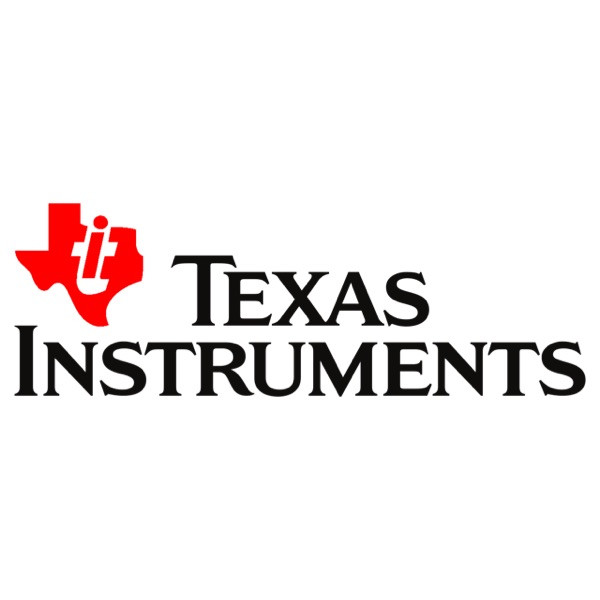Super-efficient nanopower voltage supervisors offer minimal power consumption
05-09-2019 | Texas Instruments | Power
The TPS3840 family are nanopower high-input voltage supervisors from Texas Instruments. The devices are reset ICs that can run at up to 10V while sustaining very low quiescent current across all operating conditions. The devices offer a combination of high accuracy, minimal power consumption, and low propagation delay to aid in extending battery life for a mixture of low-power, industrial, and battery-powered applications.
The voltage supervisors deliver a wide input voltage of 1.5V to 10V, which allows the monitoring of 9V rails or batteries with no external components as well as 24V rails with external resistors. The devices’ nano-quiescent current (nano-Iq) of 350nA (typical) improves battery life for low-power applications and decreases current consumption when using those external resistors. With less than a 1µA current consumption, the ICs can be configured to operate as either a comparator (with a simple three-pin configuration) or as a daisy-chained universal power supply supervisor that functions as a sequencer.
The devices’ fast start-up delay enables the detection of a voltage fault before the remainder of the system powers up, giving maximum safety in hazardous start-up fault conditions, and the low power-on-reset (VPOR) stops false resets, premature enable or turn-on of next device, and proper transistor control through power-up and power-down. Further features include a 1% typical monitor threshold accuracy, built-in glitch immunity protection for manual reset and VDD, built-in hysteresis, and low open-drain output leakage current.
The voltage supervisors are provided in a five-pin, industry-standard SOT-23 package, with three output topology options: open-drain, active-low; push-pull, active-low; and push-pull, active-high. Target power management applications incorporate grid infrastructure equipment, including smart meters, circuit breakers, and other monitoring and protection equipment; electronic point of sale devices; factory and building automation; and portable and battery-powered systems.
By Natasha Shek

TPS3840DL27DBVR

